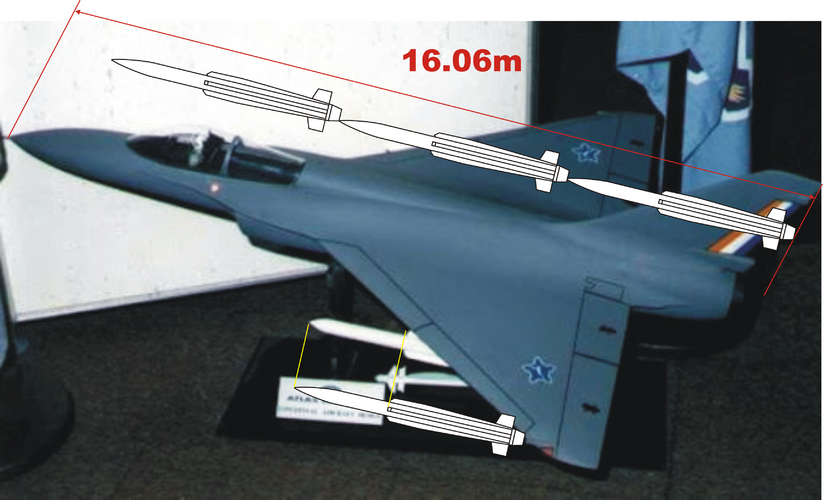Hi BLACK_MAMBAGood summary Kaiserbill. On the SMR - there existed no A or B variants according to the lead engineer on the project. The Cheetah also completed a full flight test program. I know the Atar's in the Mirage 3 & F1 did have minor differences but not the SMR which used the same engine in both airframes.The SMR-95 was an engine developed from the RD-33, and flew in two versions: SMR-95A (Mirage F1 with 70 flights) and SMR-95B (Cheetah with 10 flights). It is worth noting that an engine for the Carver based on this would not have been a long as those fitted to the Mirage and Cheetah, which was lengthened for CG reasons.
Do you have any info on the sortened SMR for Carver? This is the first I hear of it... The RD-33 is actually a bit short for what it really needs to be to due to length constraints on the airframe if I don't have my facts wrong. Thus the extended SMR (which still was quite a bit shorter than the Atar) probably helped quite a bit. You will also notice its less smoky than RD-33's. The SMR F1 & a Mig 29 both flew at SAAF 75. Big difference in smoke produced.
Add to that I doubt the SAAF would have wanted two variants of the same engine in service seeing as Carver was going to overlap at least to a degree with a SMR equipped Cheetah/Mirage fleet. I already delved into the service life issue on the SAAF forum link you posted and how the change in maintenance philosophy would probably have prevented its induction, but as you said: if needs must... It was the best engine actually obtainable at the time if Carver had survived till the 2000's.
I read somewhere, quite lang ago that they had COG problems with the shorter Russian T/fan on the F1.
What they did was to mount it forward in the space occupied by the Atar, and installed a pipe to carry the efflux out the rear.
Regards
Thorn













